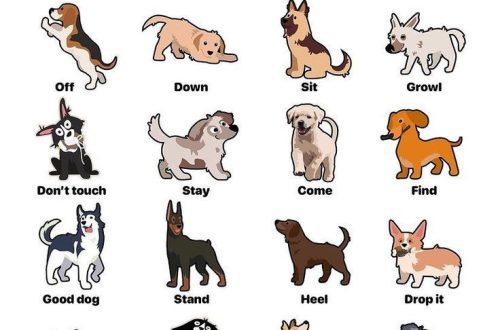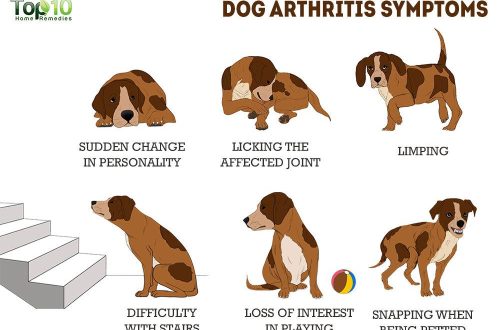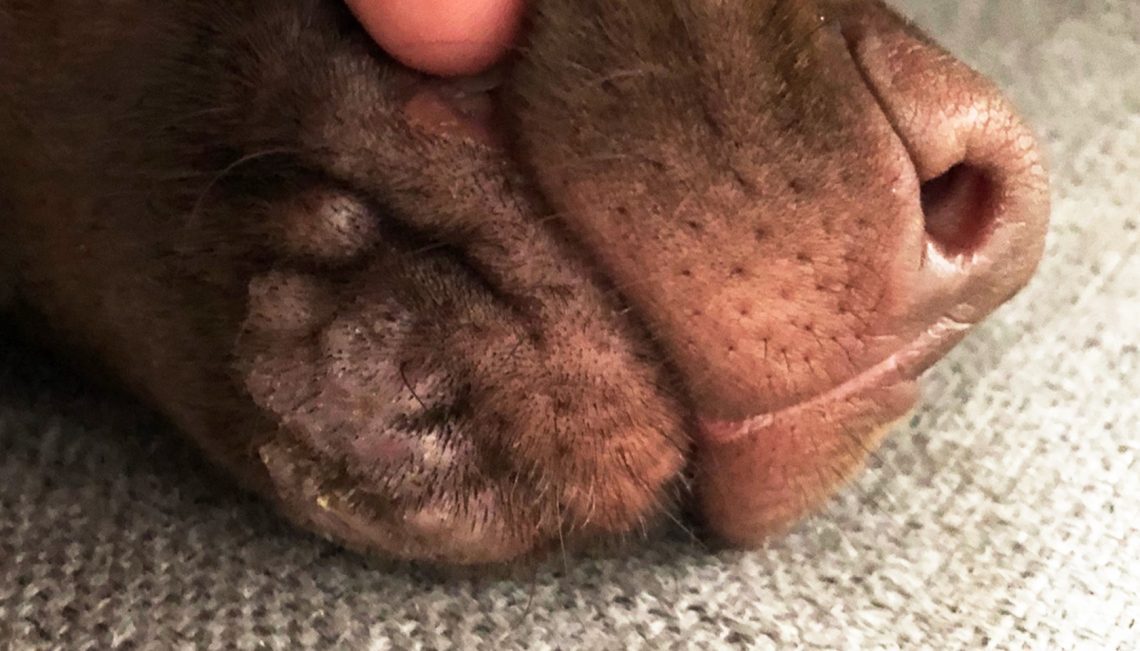
Acne in dogs
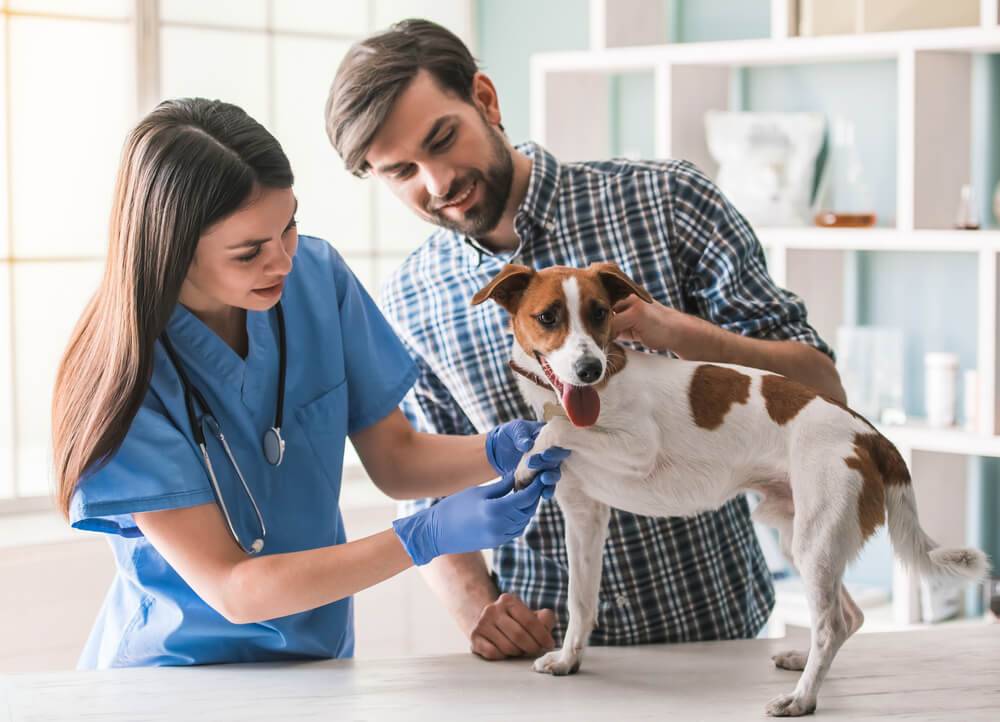
Types of acne
What exactly to do to get rid of such anomalies of the dermis, the doctor decides, but for this he must diagnose the type of disease. The existing veterinary classification distinguishes several categories of such neoplasms:
By nature of origin — primary and secondary types. Primary acne itself is a disease, secondary — this is a consequence of other diseases, complications after them;
By localization — most often in a dog, acne occurs on the face, chin, on the lip, on the body along the body, on the head;
By pigmentation — with a reddish or white tint, with yellow or black patches;
According to the intensity of the injury — focal or extensive on the skin throughout the body;
By number — single and multiple;
According to etiological features — non-contagious, allergic, alimentary, inflammatory or infectious nature.
In addition, they come with different signs, which forms a symptomatic picture. When pimples appear in an animal, the following pathological manifestations may occur:
Itching;
soreness;
bleeding;
Redness;
Swelling.
Depending on the nature of the origin, these symptoms may be supplemented by loss of appetite, fever, general weakness, restlessness and irritability, lethargy and constant scratching on the body.
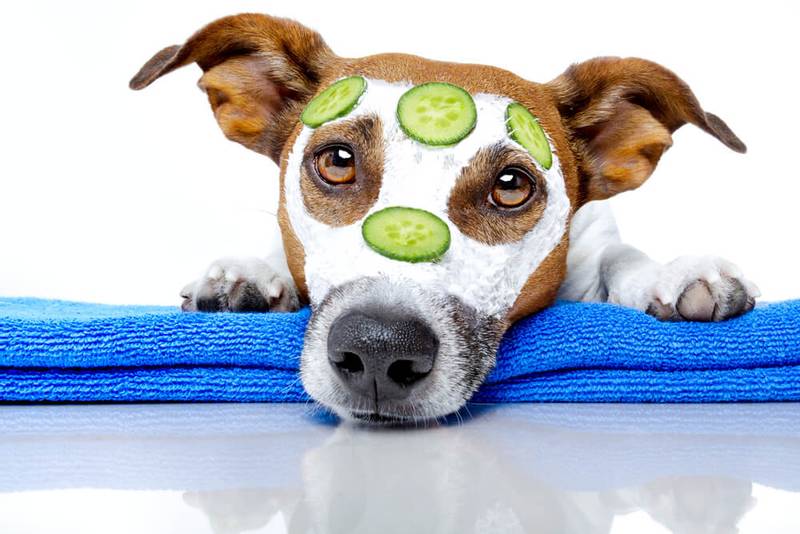
In the classification of veterinary medicine, each pimple is designated by a specific term, often — by the name of the disease. This is how dog acne, allergenic rashes, as well as such varieties got their names:
cystic acne;
Comedones;
papules;
Acne in dogs;
Microcomedones;
Pustules.
Only a qualified veterinarian with experience in treating dermatological diseases of any origin can correctly establish one of the varieties of such neoplasms on the body of a dog. This is justified by the fact that at home it is impossible to establish an accurate diagnosis. In addition, differential diagnosis will be required due to the fact that the symptoms of many of these acne have a similar clinical picture.

Causes of Acne
How exactly to treat acne on the stomach in a dog depends not only on the symptoms and clinical signs, history and condition of the animal. The etiological factor plays an important role in the selection of methods of therapy. — causes of the disease. Acne can occur due to the manifestation of such circumstances and factors:
Attack of ectoparasites: lice, flies, mosquitoes, other insects;
Attack of ticks, especially subcutaneous ones, resulting in such diseases as demodicosis, sarcoptic mange;
Defeat by fungal pathogens that provoke the disease we deprive;
Negative effect of environmental factors: pollution, radiation exposure, solar radiation;
The influence of toxic components contained in the air, food, care products;
Exposure to allergens present in plant pollen, polluted water bodies, air;
Reaction to excess or lack of necessary ingredients in the dog’s diet;
Reaction to sudden changes in temperature;
Violation of metabolic processes in the animal’s body at the cellular level or in tissues.
However, a common cause of such rashes on the back or on the nose and lip can be an overdose of medications during treatment, frequent hypothermia, the effects of certain viral diseases, or the action of pathogenic bacteria.
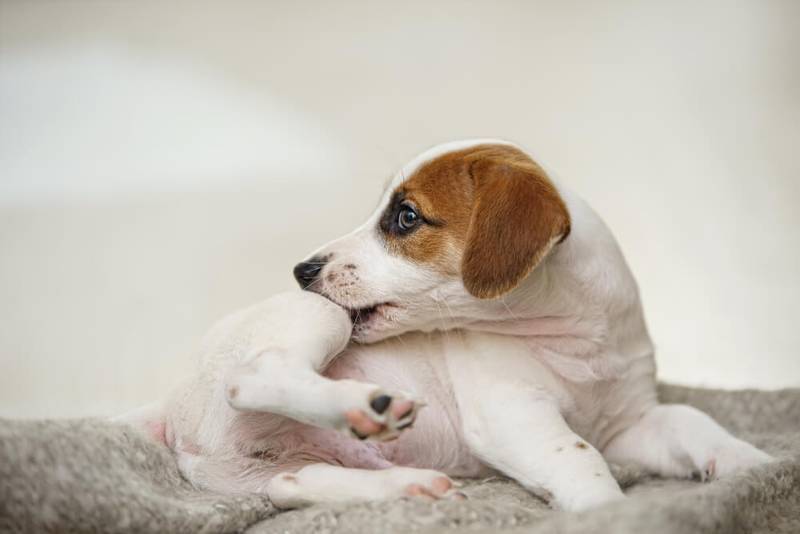
Acne in puppies
Unlike adults, acne on the abdomen of a puppy can occur without pathological causes. They can be the result of exposure to drafts on an unsettled organism. Frequent acts of urination before the age of 4-5 months lead to the fact that the litter does not have time to change and pathogens appear in a humid environment that cause irritation of the epidermis.
As we grow older, the formation of the hormonal system occurs, age-related changes in which lead to the formation of acne.
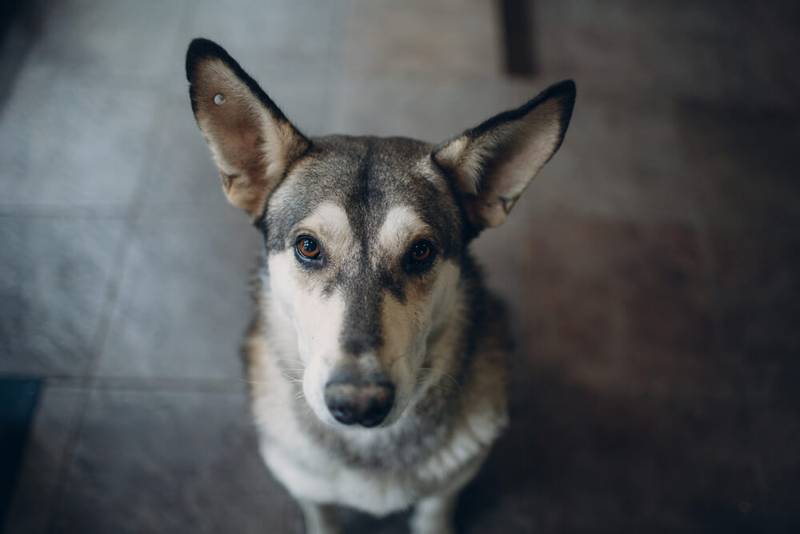
The transition to new foods, changes in living conditions during this period are also the causes of rashes on different parts of the body.
Acne treatment
The course of therapy is prescribed based on the cause of the disease. Don’t pop your own pimples — in this way, pet owners can provoke secondary infections, aggravate the course of the disease and cause even more discomfort to the pet in the back, muzzle or lips.
At the consultation, the veterinarian, after diagnosis by the method of scrapings, washings, coprological and other studies, will select the necessary medicines. For example, with acne of an allergic nature, antihistamines will be prescribed. In diseases with rashes of a bacterial nature, antimicrobial drugs are indicated. Means of external use are prescribed for diseases caused by violations in the diet.
Simultaneously with drug therapy, it is necessary to follow the recommendations of the veterinarian on feeding and dieting.
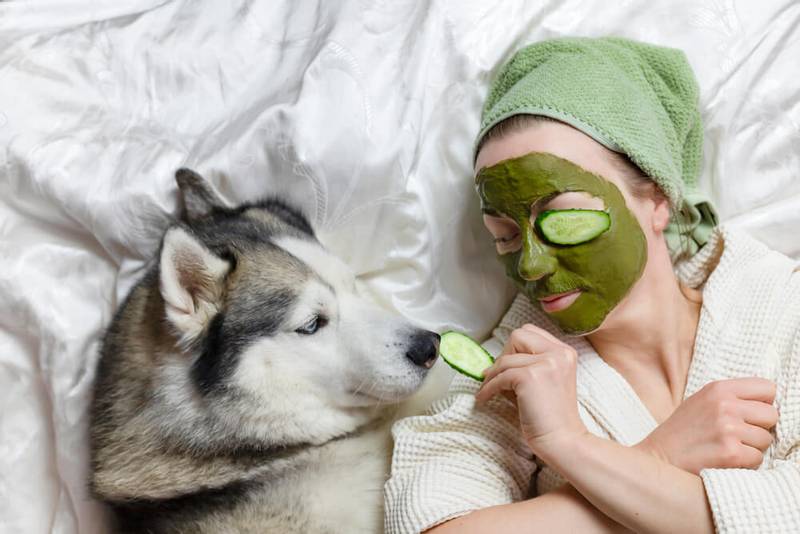
If the dog is pimpled and itchy, pain-relieving ointments and creams can be applied to ease the discomfort and soreness from scratching.
Prevention
To prevent acne in a pet, the owner should make it a habit to do the following:
Regularly inspect the nose, back, head and lips of the pet after walking;
Adhere to the diet and diet recommended for the breed;
Avoid places with a risk of infection while walking;
Avoid close contact with dogs that show clinical signs of lichen, dermatitis, allergies, or any other form of acne;
Maintain dog hygiene.
Upon detection of the first single acne, superficial injuries, bite sites, you should immediately treat the affected area with available antiseptics (chlorhexidine or miramistin solution) and make an appointment with a veterinarian.
The article is not a call to action!
For a more detailed study of the problem, we recommend contacting a specialist.
Ask the vet
July 10 2020
Updated: 21 May 2022



